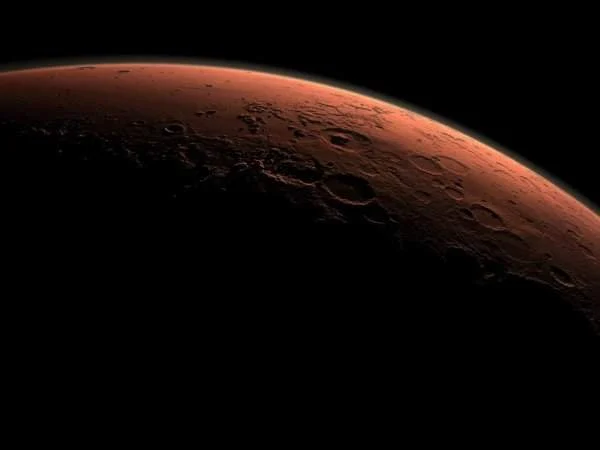NASA is in the final stages of preparing its Mars Curiosity rover for a launch from Florida’s Space Coast on November 25.
The rover is currently sitting atop an Atlas V rocket awaiting liftoff from Cape Canaveral Air Force Station.

“Preparations are on track for launching at our first opportunity,” confirmed Pete Theisinger, Mars Science Laboratory project manager at NASA’s Jet Propulsion Laboratory in Pasadena, Calif.
“If weather or other factors prevent launching then, we have more opportunities through December 18.”
The one-ton Curiosity is slated to land on the Red Planet near the base of a layered mountain 3 miles (5 kilometers) high inside Gale crater.
The rover will investigate whether environmental conditions have ever been favorable for development of microbial life and preserved evidence of those conditions.
“Gale gives us a superb opportunity to test multiple potentially habitable environments and the context to understand a very long record of early environmental evolution of the planet,” said John Grotzinger, project scientist for the Mars Science Laboratory at the California Institute of Technology in Pasadena.

”The portion of the crater where Curiosity will land has an alluvial fan likely formed by water-carried sediments. Layers at the base of the mountain contain clays and sulfates, both known to form in water.”
Curiosity is twice as long and five times as heavy as earlier Mars rovers Spirit and Opportunity. It is equipped to carry a set of 10 science instruments weighing 15 times as much as its predecessors’ science payloads.
A mast extending to 7 feet (2.1 meters) above ground provides height for cameras and a laser-firing instrument to study targets from a distance, while instruments on a 7-foot-long (2.1-meter-long) arm will study targets up close. Additional analytical instruments inside the rover will determine the composition of rock and soil samples acquired with the arm’s powdering drill and scoop.
The rover will also analyze the environment, including weather and natural radiation that will affect future human missions.
The Martian trek is expected to be both challenging and risky. Because Curiosity is too heavy to use an air-bag cushioned touchdown, the mission is employing a new landing method, with a rocket-powered descent stage lowering the rover on a tether like a kind of sky-crane.






